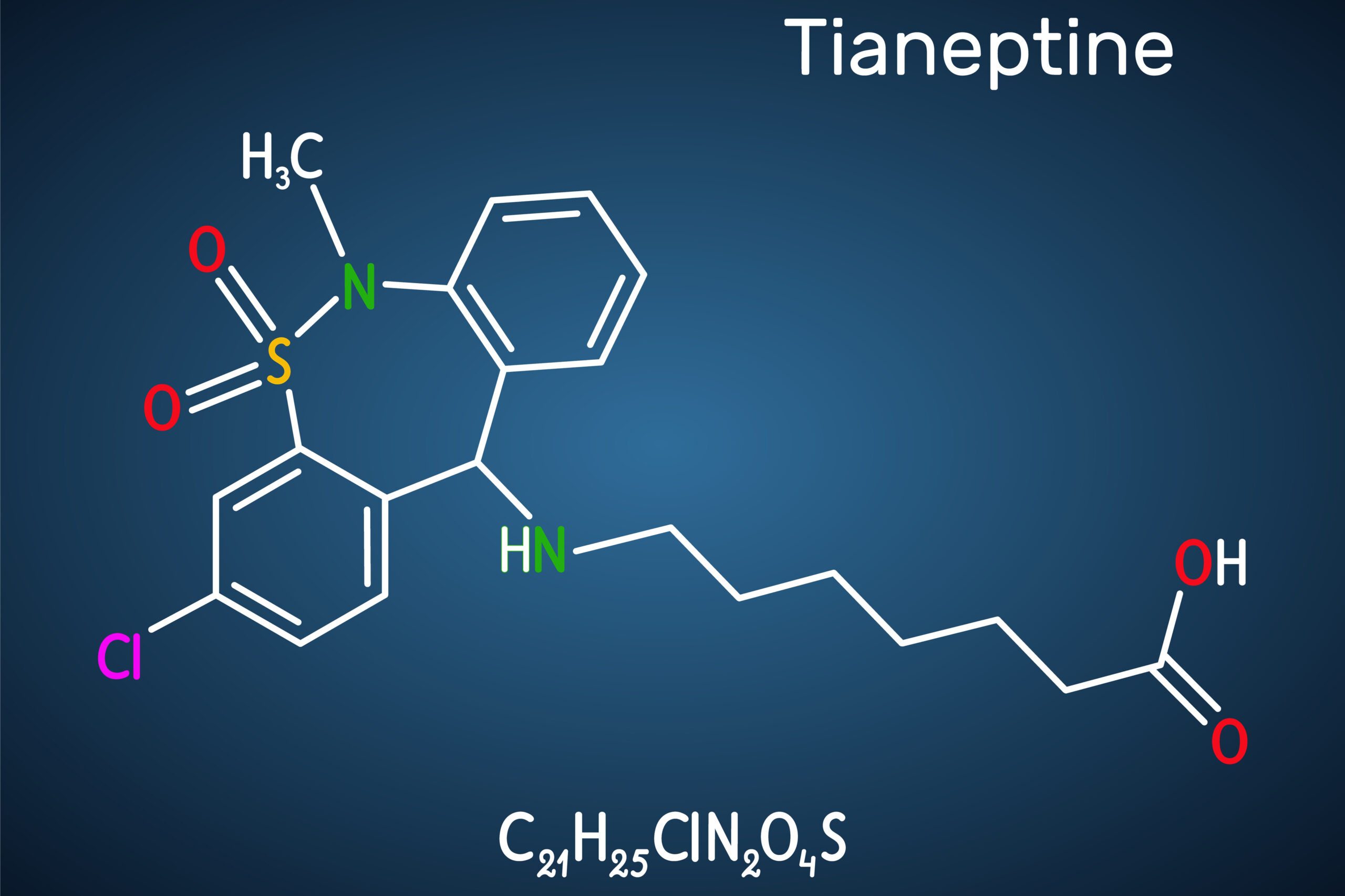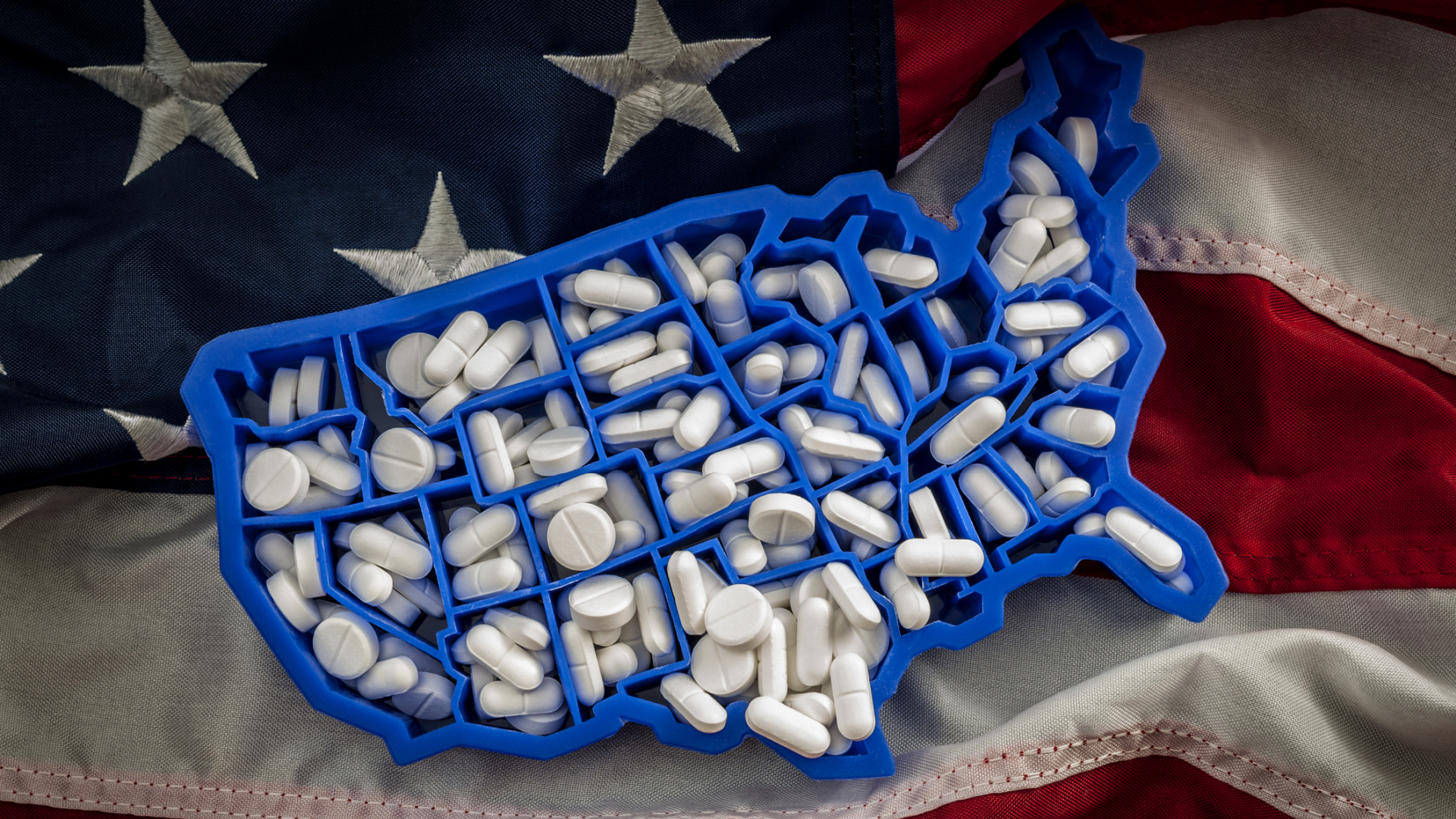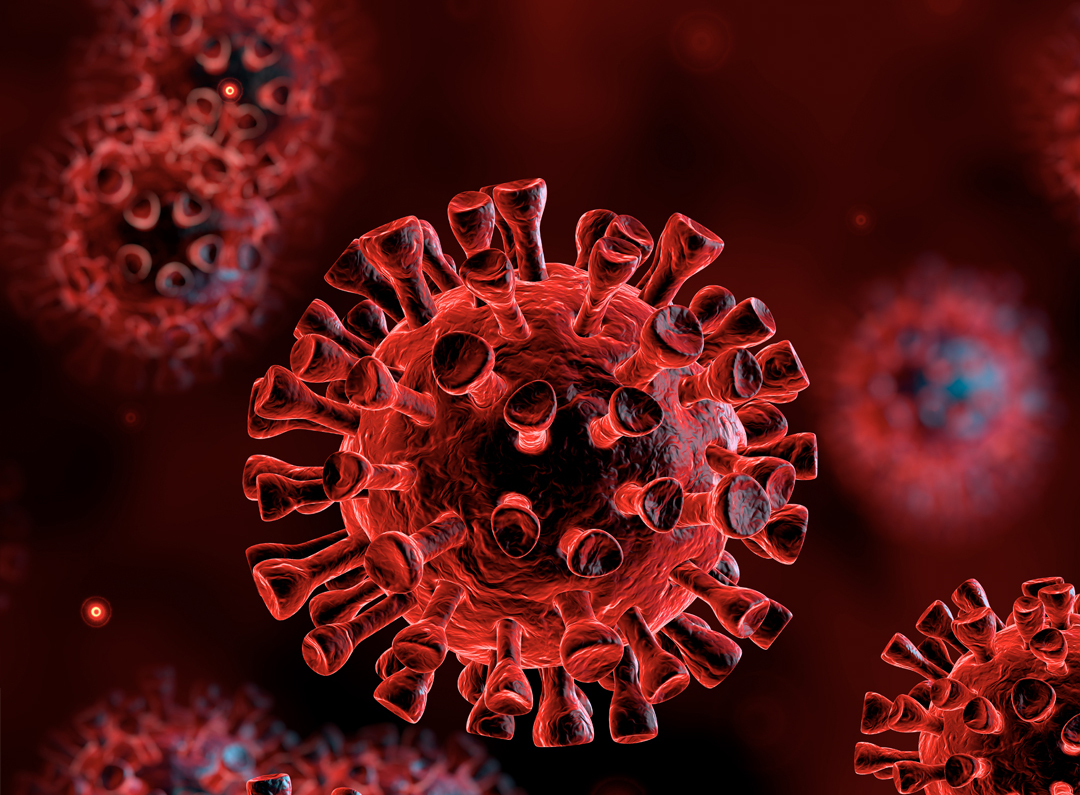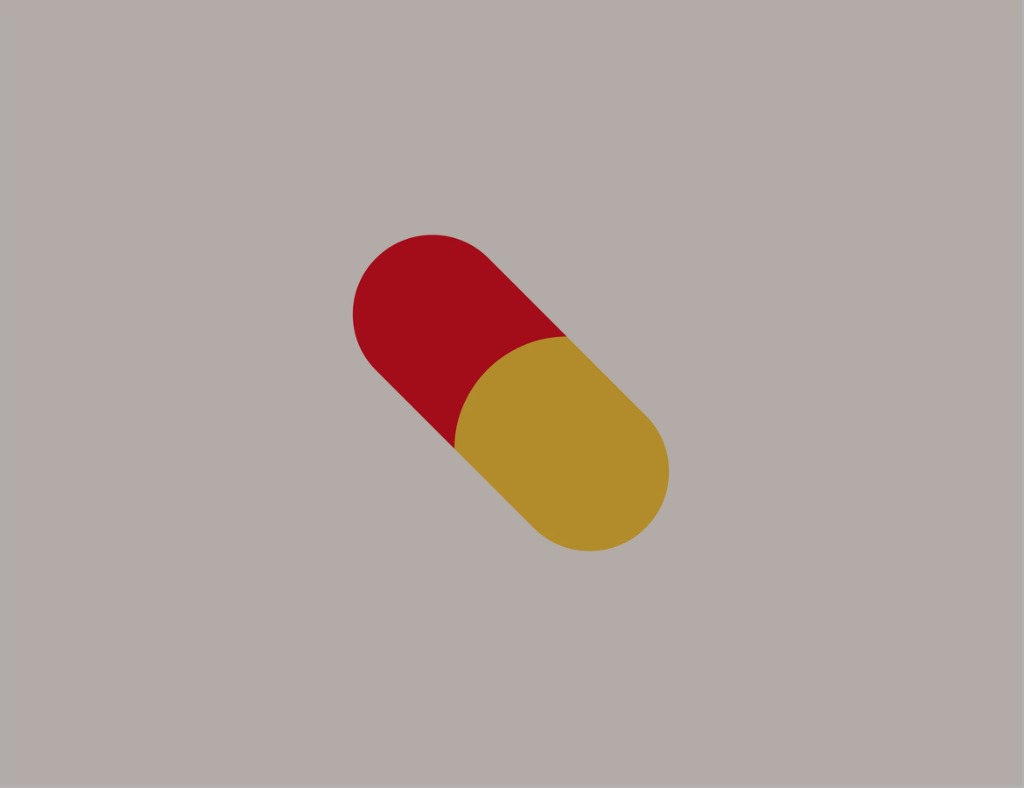Novel Psychoactive Substances: Isotonitazene
The Legislative Analysis and Public Policy Association (LAPPA) is monitoring the emergence of novel psychoactive substances (NPS) appearing on the illicit drug market in the United States. The term “novel” does not denote a new, never-before-seen substance but rather a substance that is newly available in the drug market. This fact sheet, the fourth in a series highlighting these potentially dangerous drugs, examines isotonitazene, a synthetic opioid recently classified as a Schedule I controlled substance under the federal Controlled Substances Act....










